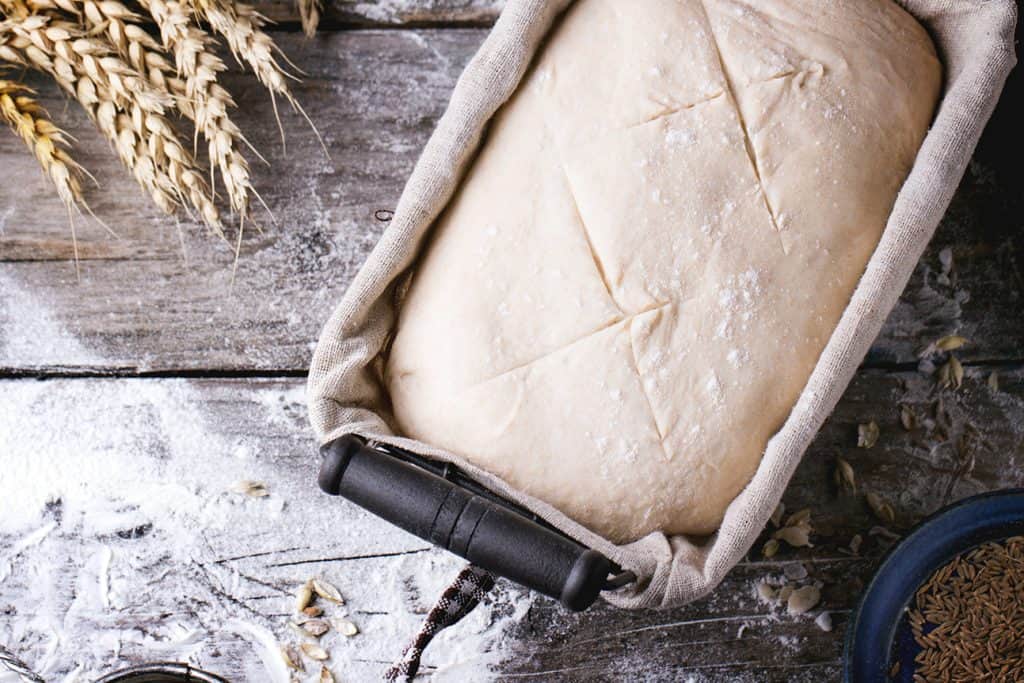
On our Nutricia at Home website
Fill out the online registration form, attach a scanned copy of your prescription, and click ‘submit’

By e-mail
Download an electronic copy of our registration form
Email the completed form along with a scanned copy of your prescription to pharmacyau@nutricia.com

Contact our team for help
Call us on 1800 884 367, or email us at pharmacyau@nutricia.com and ask for help with registering.
We will send you a copy of the registration form in the post or by email.
Then, simply mail your completed registration form and original prescription to the Nutricia at Home Pharmacy at: Nutricia Pharmacy c/o Gavin Starr Pharmacist Advice 36 Burns Bay Road, Lane Cove NSW 2066.


